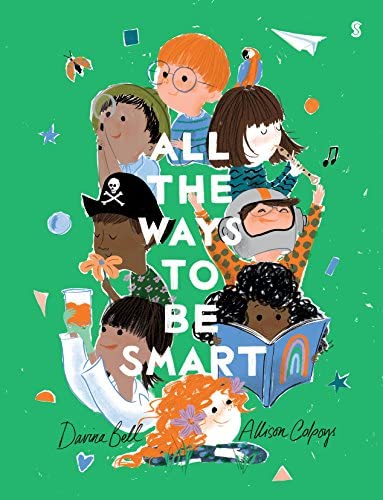Snail Finger Puppets
A snail is never far from home, no matter where they roam. Patch’s new show Home invites children to explore their environment from a different perspective and imagine worlds beyond the familiar.
These learning activities prompt discovery, empathy, problem-solving and imagination.
Activity 1: Snail Finger Puppets
How to:





Reflect & Respond
Activity 2: Homes for Snails
How to:





Notes For Growns-ups
Reflect & Respond
Australian Curriculum Connections
More activities to try

Storytime with Temeka: All the Ways to be Smart
Find a comfy spot to share the affirming and award-winning Australian picture book
All the Ways to be Smart with Patch pal Temeka.
Try It

Elements of Drama: Mood and Atmosphere
Simple activities to explore elements of drama mood & atmosphere drama in your classroom.
Try It
.png)
